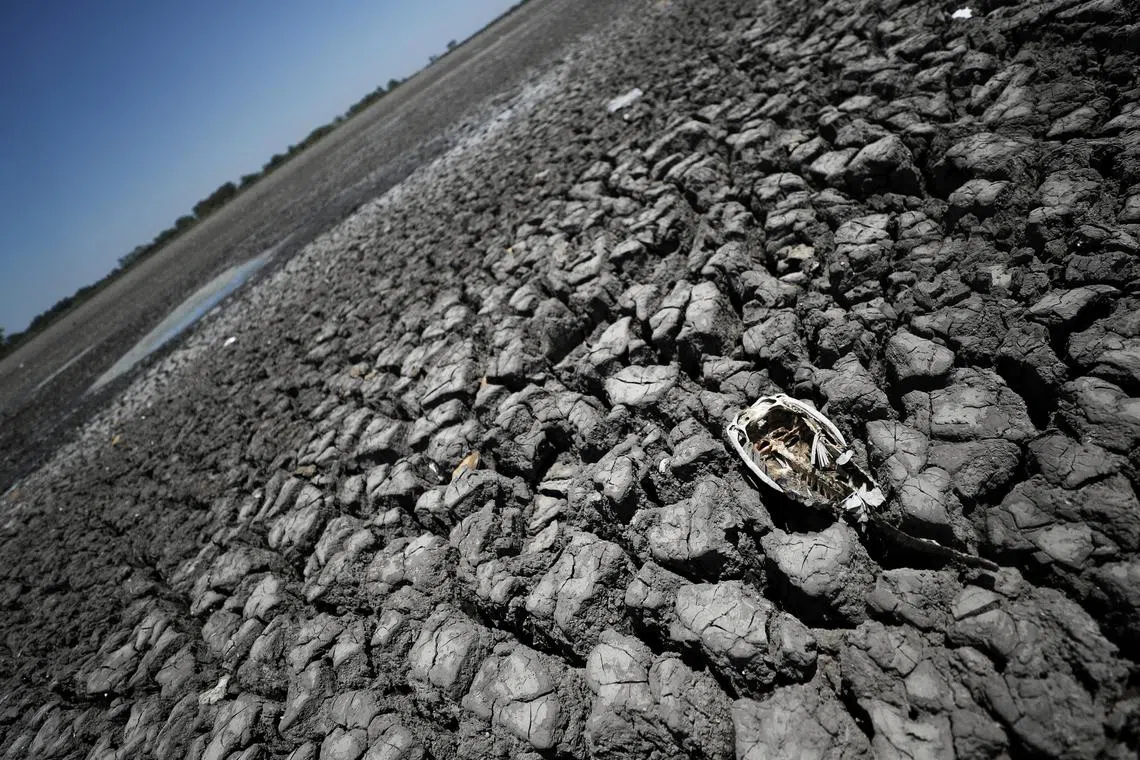La Nina has ended, and El Nino may be on the way
Sign up now: Get ST's newsletters delivered to your inbox

During an El Niño period, it can be drier and warmer than usual in the northern United States.
PHOTO: REUTERS
Follow topic:
WASHINGTON - La Nina, the climate pattern that helped fuel the extremely active hurricane seasons and drought in the south-west over the past 2½ years, has ended, the US National Oceanic and Atmospheric Administration (NOAA) said on Thursday.
The intermittent phenomenon – which occurs when sea surface temperatures in the equatorial Pacific Ocean are below average – typically brings drier, warmer conditions to the southern half of the United States and wetter weather to the northern half. The last La Nina began in September 2020.
But in February, sea surface temperatures in that part of the ocean rose, scientists say, signalling the end of La Nina and the start of a new neutral climate pattern (this occurs when the sea surface temperatures are at or near average).
But this neutral period may be short-lived: By summer, rising sea-surface temperatures could lead the opposing El Nino pattern to develop, according to NOAA’s Climate Prediction Centre. By autumn, forecasters believe, there is a 62 per cent chance El Nino will form.
The World Meteorological Organisation has also said that a warming El Nino event may develop in the coming months, bringing with it another spike in global temperatures that had been kept partly at bay by La Nina’s cooling effect.
La Nina and El Nino are the opposite phases of what is called the El Nino-Southern Oscillation, or ENSO.
During an El Nino period, it can be drier and warmer than usual in the northern US, and wetter and more likely to flood along the US Gulf Coast and in the South-east.
Previous El Ninos have helped unleash rain in California, fires in the tropics and floods in the southern US.
So what does all of this mean for what is in store across the US for the rest of the year?
Scientists say that it can be hard to predict, and that it is unclear what impact climate change might be having on weather patterns.
“The old La Nina playbook and the old El Nino playbook don’t seem to be as reliable as they used to be,” said Professor Jan Null, an adjunct professor of meteorology at San Jose State University.
But, he added, you would typically expect the southern tier of the US to be wetter than normal, and the Pacific North-west to be drier than normal. NYTIMES

